|
| |

|
The Electronic Control Unit in the '80 -'81 TR8 and Rover 3500 is the Lucas 4CU.
A slimmed down version without lambda feedback was used in the '83 through '86 Rover SD1
and in non-US Range Rovers between '85 and '89.
|
|

|
The EFI System in the '80 -'81 TR7 is not just based on the Bosch L-Jetronic design,
it is a Bosch L-Jetronic system. Lots of information is available in books and on the Web, so we'll just
concentrate on the ECU.
|
|
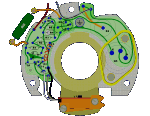
|
The Lucas V8 distributor has a few problems. You might want to replace it
with a Mallory Unilite or the Delco unit from a Buick. If you want to fix it, here's the info you're looking for.
|
|
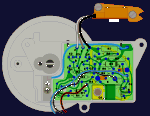
|
The Opus distributor in the TR7 has a truly awful reputation. I suspect there are
very few that have not been replaced by now. They were nicely designed, but badly built - therein lies some hope.
You may be able to bring yours back from the dead.
|
|

|
From certain angles, the V8 ballast resistor looks a lot like a jumbo
Fig Newton ™. But what it lacks in chewy goodness is more than made up for in baffling weirdness.
|
|
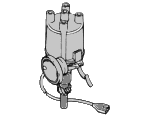
|
A Delco distributor replaced the TR7 Lucas Opus unit sometime in 1980.
I don't have much information on it. The electronic module is the same as used in many GM cars and trucks, with a couple of parts added.
|
|

|
The schematics in the TR8 repair manual are hard to read and understand.
I redrew them so they're a lot easier to read and a little easier to understand.
|
|
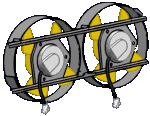
|
It's not really true that TR8 fans have two speeds: off and broken. The schematic in the Repair Operation Manual makes them look complicated enough to be classified as a non-exportable supercomputer. Here are some schematics that make sense. |
|
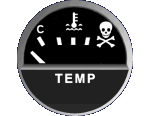
|
You have an overheating problem. Or maybe it's just an illusion? So you replace the temperature sending unit and now the gauge reads even higher. What!!!???
|
|
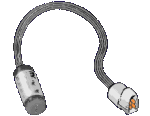
|
The later cars also had a sensor in the cooling system header tank to warn of low coolant level.
|
|
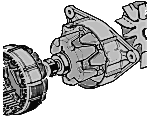
|
The alternator is more than willing to give you all it's got.
Sometimes that's a problem. If you want to fix it, look here. |
|

|
The later cars offered a wiper delay unit. It's a pretty handy thing to have.
|
|
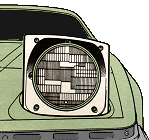
|
Wedge headlights work well enough, except when they don't.
Style-wise they provide a lot of character. Unfortunately, sometimes that character is
just plain stubborn or lazy. Here's how to tell what they're thinking.
|
|
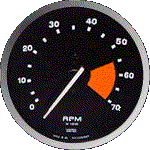
|
Sometimes the tachometer gets sticky. That's easy to fix.
It's easy to calibrate, too. And if you put a V8 or V6 in your TR7, it's easy to recalibrate.
Just follow these easy instructions.
|
|
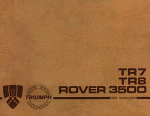
|
The 1981 owner's manual supplement tells you about the scheduled periodic service
procedures you've skipped, the recommended fluids you don't use and the EFI trivia you don't care about.
|
|
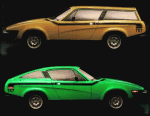
|
Here are some Wedges that exist only in my head. Or someone else's head. Or
scrawled on the wall in the head. Or something.
|
|
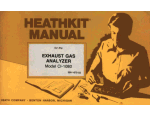
|
Many years ago, I built a Heathkit exhaust gas analyzer. It's useful for
adjusting the carbs or fuel injection. The circuit is very simple.
|
NOTE: Just like the cars, the information presented on this web site, while assembled with the best of intentions,
is not guaranteed to be reliable. Use at your own risk. All trademarks are the property of their respective owners.
This web site has no official or unofficial approval. No, I don't know what the hell I was thinking when I started this.
Appologies to HM for tarting up his concept drawing.
The non-attributed opinions expressed herein are my own - and they're very possibly wrong. So there.
I hope you enjoy the site! Gene Thompson
What Charles Kettering giveth, Joseph Lucas taketh away. Amen.
This page revised January 2009
|


